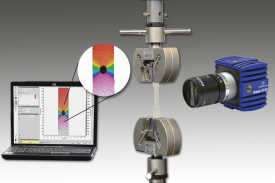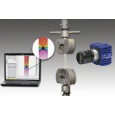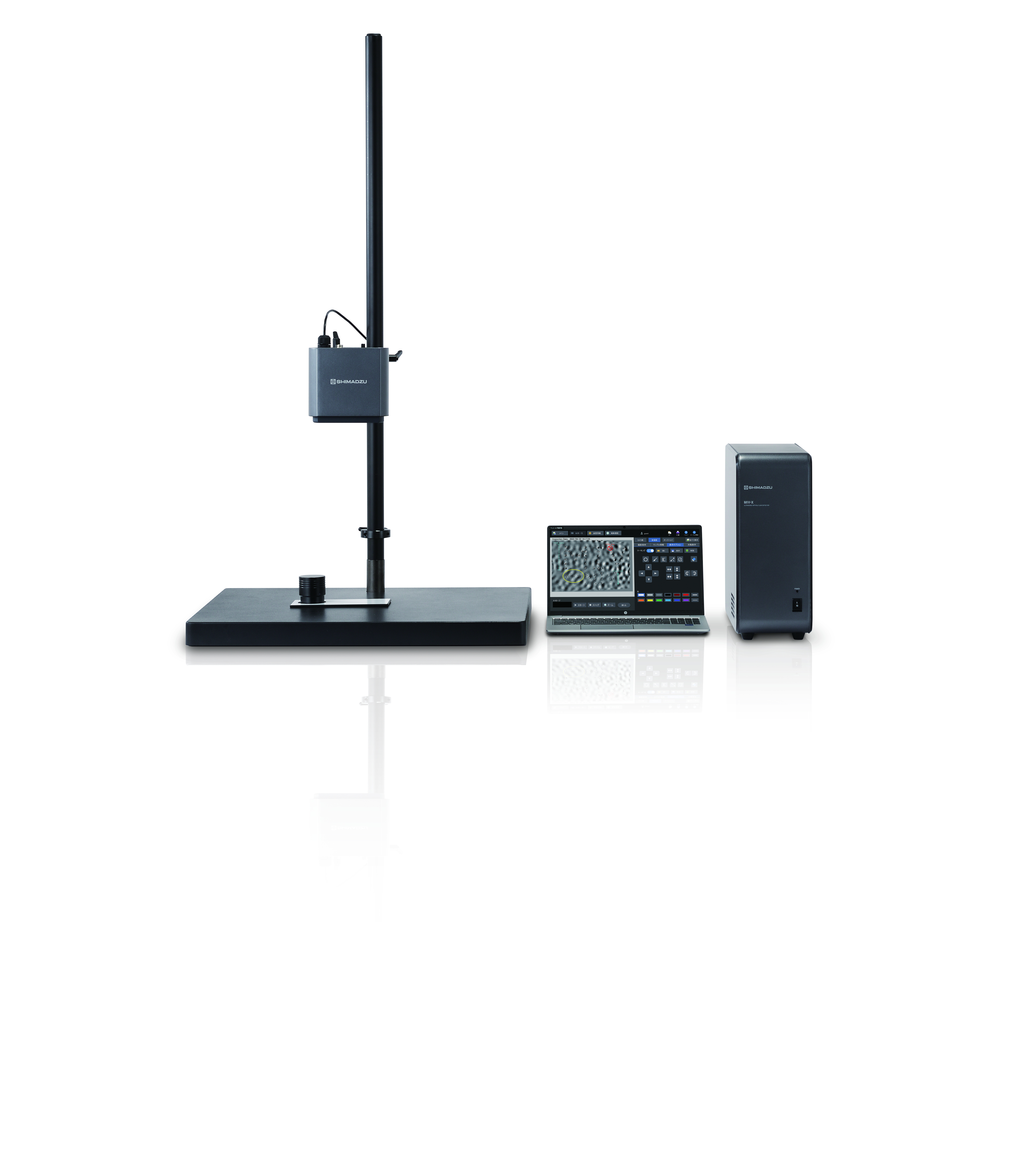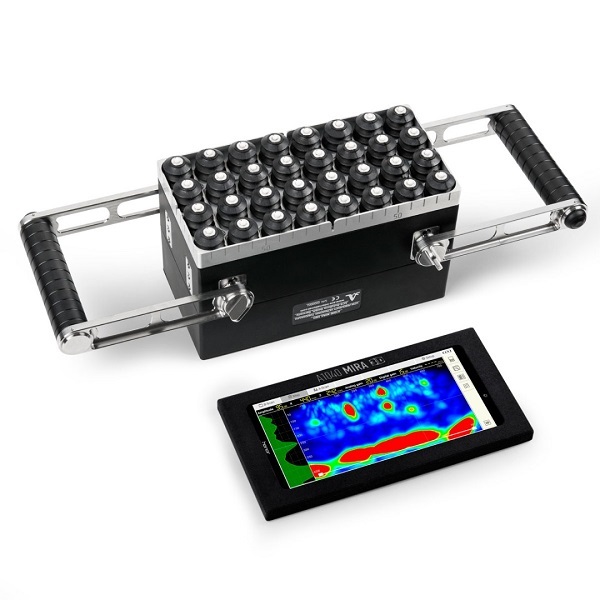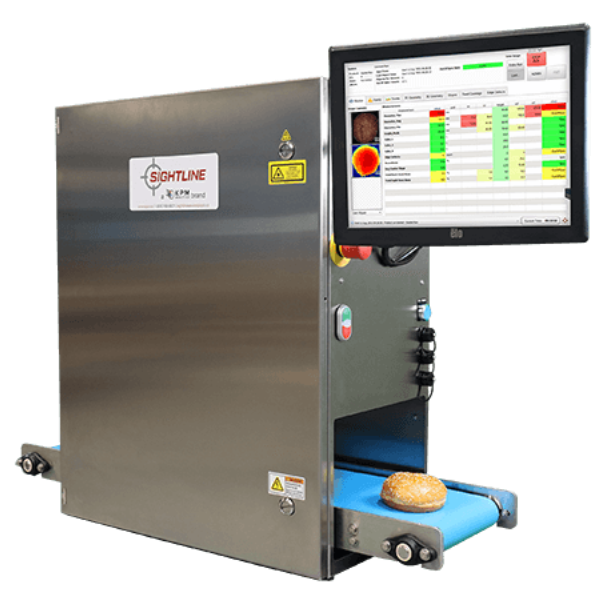方案详情
文
在温度最高可达1000度的高温环境中进行三维非接触式形变应变测量。需要克服高温时被测对象的自发辐射干扰。解决喷涂标点油漆耐高温的难题。
方案详情

A 3D-DIC Method for High Temperature Application M van Rooyen and T.H. Becker? Department of Mechanical and Mechatronic Engineering, Stellenbosch University, South Africamelzvanrooyen@gmail.com Abstract. The experimental design for measuring full-field creep strain at elevated temperatures using 3DDigital Image Correlation (3D-DIC) is presented. This method addresses the challenge of suppressing black-body radiation and maintaining speckle pattern contrast through the careful selection of white illuminationand colour filters. Furthermore, a procedure for the application of a heat-resistant coating capable ofwithstanding deformation is discussed. By conducting high temperature tensile tests on a Gleeble thermo-mechanical simulator, the system is tested for deformation measurement up to 900°℃. The performance ofthe methodology at extended periods of time is proven to make it suitable for accelerated creep tests at600°C. Introduction The reliability of power stations is mostly governed by the lifetime of critical components, such as steampipework systems, that are exposed to elevated temperatures. Integrity assessments of these systemsrequire measurement of high temperature mechanical behaviour as well as creep properties of the pipematerial, particularly across welded joints. Digital Image Correlation (DIC) is non-contact method capable ofmeasuring strain distributions and resultant material properties by comparing image recordings of a randomspeckle pattern on the deforming sample surface [1]. However, the application of DIC at elevatedtemperatures is hampered by surface radiation and oxidation together with the long term integrity of thespeckle pattern coating material [2]. These factors deteriorate image quality by affecting the speckle patterncontrast and intensity distribution. Although methods have been developed that successfully measurethermal strains at temperatures of over 1000°℃, creep strains have only been determined at a relatively lowtemperature of 545°℃ using 2D-DIC [2-5]. This methodology involves measuring strains over 600°℃ with insitu 3D-DIC and a Gleeble thermo-mechanical simulator during tensile tests. The method is shown to providedeformation maps for tensile tests conducted up to 1000℃. Experimental Methods Thermo-Mechanical Setup. Specimens of AISI 1040 steel are resistance heated in a Gleeble 3800 thermo-mechanical testing system by controlling a current under feedback control from a K-type thermocouplelocated at the specimen centre. The surface temperature drops in a parabolic fashion along the axial lengthfrom the control thermocouple to the water-cooled copper grips that secure the specimen ends. Threeadditional thermocouples placed along the length of the specimen reveal that the temperature drops by 4%within 2.5 mm of the sample centre. In order to prevent oxidation and the distortion effects of heat haze,testing was conducted in a vacuum chamber [3]. Uniaxial tensile tests are performed from 600°℃ to 1000C,whereas a load-controlled tensile test was performed at 600°C for one hour using the same setup. Speckle Pattern Preparation. In order to ensure stable adherence of the coating to the specimen, a surfacepreparation method was developed. The surface is successively ground with 220, 500, 800 and 1200 gritsand paper, after which it is polished with a 9 pm and then a 1 pm diamond suspension. The polishedsurface is then over-etched with Nital in order to create microscopic valleys for the entrapment of the paintliquid. A speckle pattern was generated on the sample surface by applying VHT FlameProof Flat Whitebackground coat with Flat Black speckles. This paint is rated to 1100℃ and has ductility comparable to steeldue to the amorphous precipitated silica and titanium dioxide mixture in the white base coat. This makes thepattern less likely to deteriorate at larger deformations [2]. Machine Vision System. Digital images of the sample surface are captured through the chamber viewingwindow using two LaVision Imager E-lite 5M cameras with a 2456 x2058 pixel, 12-bit charge-coupled device(CCD) chip. A field of view of about 47 x 60 mm is achieved with TECHSPEC 75 mm Double Gauss macrolenses, resulting in a pixel size of about 19 pm. Post-processing was done using LaVision DaVis softwarethat correlates image subsets using the zero-normalised Newton Raphson algorithm. Illumination and Filters. As the surface temperature of the specimen reaches 600°℃, the intensity of theemitted short wavelength light (less than 600 nm) increases. Image saturation occurs when the radiated lightover-intensifies the speckle pattern. The emitted light is minimised by illuminating the surface with two white20W LaVision LEDs with a high correlated colour temperature of 6500 K, giving it a high blue (440 nm)component within the spectral response of the Sony ICX625 camera sensor. A Hoya B-440 colour filter isthen used to bracket the emitted and reflected light within the LED wavelength band. Results and Discussion Effect of Illumination and Filters. A comparison between the surface radiation at various temperaturesusing the blue filter is shown in Fig. 2 for a 5x 15 mm area. At 1000°℃, the image saturated until the specklepattern was no longer visible. By using a green filter (Hoya G-533) together with the blue filter, the emittedradiation is greatly reduced. For improved results, however, blue LED illumination is required. Deformation Calculation. A DIC evaluation was done with subset sizes of 60 x 60 pixels with a step size of20 pixels. The deformation maps for the specimen subjected to a tensile test at 600, 800 and 1000℃ is alsoshown in Fig. 2 and indicates a displacement that varies linearly along the tensile axis, which is in agreementwith uniaxial tension. Furthermore, it was found that the quality of the speckle pattern is preserved wellenough for deformation mapping at extended periods of time at 600℃. However, the paint began to flake offafter 57 min of testing, indicating that more focus should be placed on the surface preparation step prior tocoating. Figure 1: Comparison of speckle pattern contrast at various temperatures as well as deformation map in thetensile direction Conclusion A method of obtaining quality images at high temperatures for full-field deformation mapping using 3D-DIC ispresented. Surface radiation is suppressed by combining white illumination with a blue imaging filter. Attemperatures approaching 1000℃, a combination of green and blue filters is required to reduce imagesaturation. A stable speckle pattern is obtained by subjecting the specimen surface to a grind, polish andetch routine before applying high temperature paint. However, the speckle pattern began to fail whenexposed to 600℃ for an extended period. This indicates that a better surface preparation technique andmore durable coating material is required for longer tests, such as accelerated creep tests. The current setuphas been shown to be viable for measuring tensile deformations at extreme temperatures of up to 1000°C. References [1] M.A. Sutton, W.J. Wolters, W.H. Peters, W.F. Ranson and S.R. McNeill: Determination of Displacements usingan ImprovedDigital Correlation Method. Image Vision Comput, Vol.1(1983), p.133-139. ( [2] X. Chen, N . Nu, L. Yang a nd D . X iang: H igh t emperature displacement and strain measurement u sing a monochromatic lightilluminated stereo digital image correlation system, Meas. Sci. Technol., Vol. 23 (2012), p. 1- 9 . ) ( [3] B.M.B. Grant, H .J. S tone, P .J. Withers and M. P r euss: High-temperature strain fi e ld measurement using digital image correlation,J. S train Analysis, Vol. 44 (2009), p. 263-271. ) ( [4] B. P an, D . W u and L. Yu : Op t imization of a t hree-dimensional di g ital i m age co r relation system for d e formation i n e x tremeenvironments, Applied Optics, Vol. 51 ( 2012), p.4409-4419. ) ( [5] Y . Sakanashi, S . G ungor and J. Bouchard: Me a surement of loca l creep properties in s tainless st e el welds, 4" In t ernationalConference on Integrity of High Temperature Welds, 25-27 September 2012, London. ) The experimental design for measuring full-field creep strain at elevated temperatures using 3D Digital Image Correlation (3D-DIC) is presented. This method addresses the challenge of suppressing black-body radiation and maintaining speckle pattern contrast through the careful selection of white illumination and colour filters. Furthermore, a procedure for the application of a heat-resistant coating capable of withstanding deformation is discussed. By conducting high temperature tensile tests on a Gleeble thermo-mechanical simulator, the system is tested for deformation measurement up to 900°C. The performance of the methodology at extended periods of time is proven to make it suitable for accelerated creep tests at 600°C.
确定
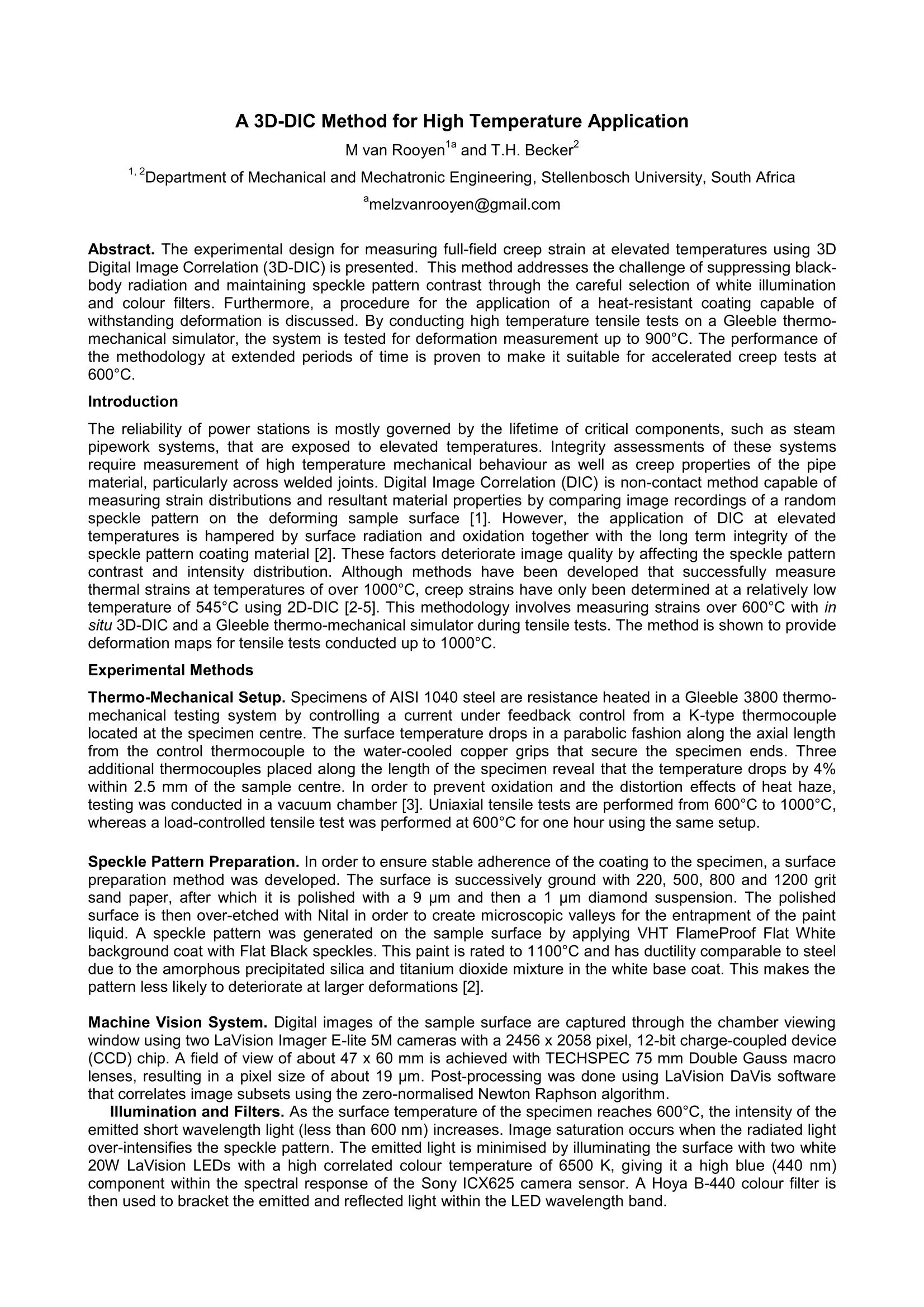
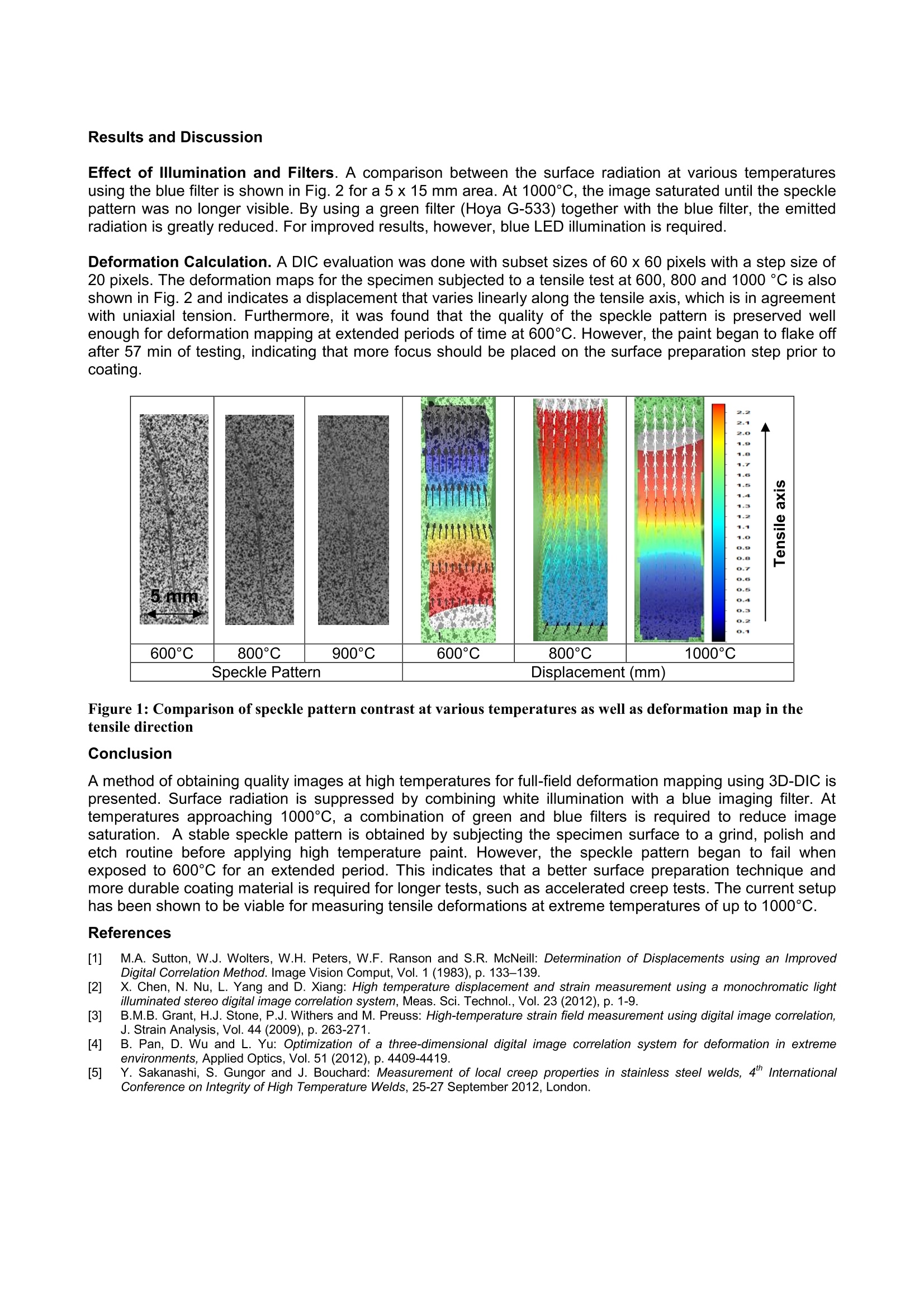
还剩1页未读,是否继续阅读?
北京欧兰科技发展有限公司为您提供《高温环境的固体材料中形变、应变检测方案(其它无损检测仪器/设备)》,该方案主要用于其他中形变、应变检测,参考标准--,《高温环境的固体材料中形变、应变检测方案(其它无损检测仪器/设备)》用到的仪器有LaVision StrainMaster材料应变形变成像测量系统、德国LaVision PIV/PLIF粒子成像测速场仪
推荐专场
相关方案
更多
该厂商其他方案
更多

